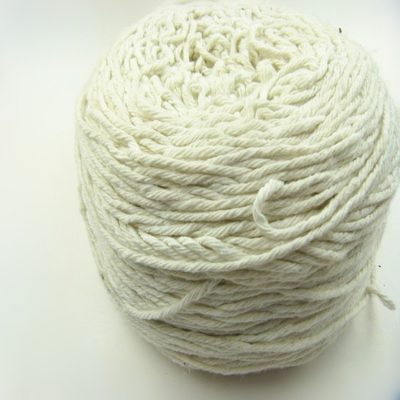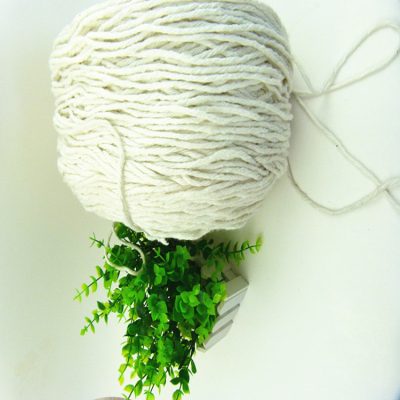Cotton “three silks” refers to non-cotton fibers and colored fibers mixed into raw cotton that have a serious impact on the quality of cotton and its products, such as chemical fiber, hemp, plastic film, plastic silk, string, cloth, paper and human , Dogs, mice, chickens, ducks and other animal hair and down. Why does cotton yarn have three filaments? At present, in the process of cotton yarn sales and use, the problem of three threads has become a headache for everyone. 90% of the three filaments in the cotton yarn are determined by cotton, and what determines the three filaments in the cotton is determined by the cotton picking method. Machine-picked cotton can be wrapped with three filaments, while hand-picked cotton is because of the cotton. Pockets, hair and some artificial impurities cause more three filaments in cotton.
The harm of three wires
01. “Three silks” lead to defective yarn and cloth, which greatly reduces the quality of cotton yarn and cotton cloth
After the “three silks” are mixed into raw cotton, the ginning process changes from long, large to short, small particles, and these particles are then turned into finer and finer particles through the spinning process. Spinning and woven fabrics with raw cotton containing “three-filament particles” are prone to defects in the spun yarn and fabric. When spinning, the defects are wrapped in the lines or attached to the yarn sliver, which makes the evenness uneven, the rate of end breakage increases, the number of cotton yarn neps and miscellaneous particles increases, the yarn strength and the printing and dyeing effect decrease, and the yarn and textiles are reduced. The quality, cotton yarn and cotton cloth drop rate is still rising.
02. The additional cost of the textile industry has increased greatly due to the selection of “three silks”, but the effect is not satisfactory
In order to reduce the deterioration of gauze quality caused by the “three silks”, cotton spinning enterprises have to organize special personnel to open the cotton bales one by one before the cotton is fed, torn and loose them one by one, picking one by one, and also picking at any time in each process of spinning. Therefore, the cost has increased greatly, and the picking effect is still not satisfactory, the rate of gauze reduction is still rising, and user refunds occur from time to time, which has become a major obstacle to the export of textiles and clothing. It is understood that a medium-sized cotton spinning enterprise employs 300 to 400 workers every day, and needs to pay staff wages of up to 2 to 3 million yuan per year. For example, a cotton textile enterprise uses 0.45 yuan per kilogram of lint as the salary, and the picking fee per ton is 450 yuan. This alone adds an additional cost of more than 2.7 million yuan per year. Although the spinning mill has spent a lot of manpower and financial resources, the effect is not satisfactory. Manual picking of the “three silks” is like finding a needle in a haystack, and the missing “three silks” still exist.
























